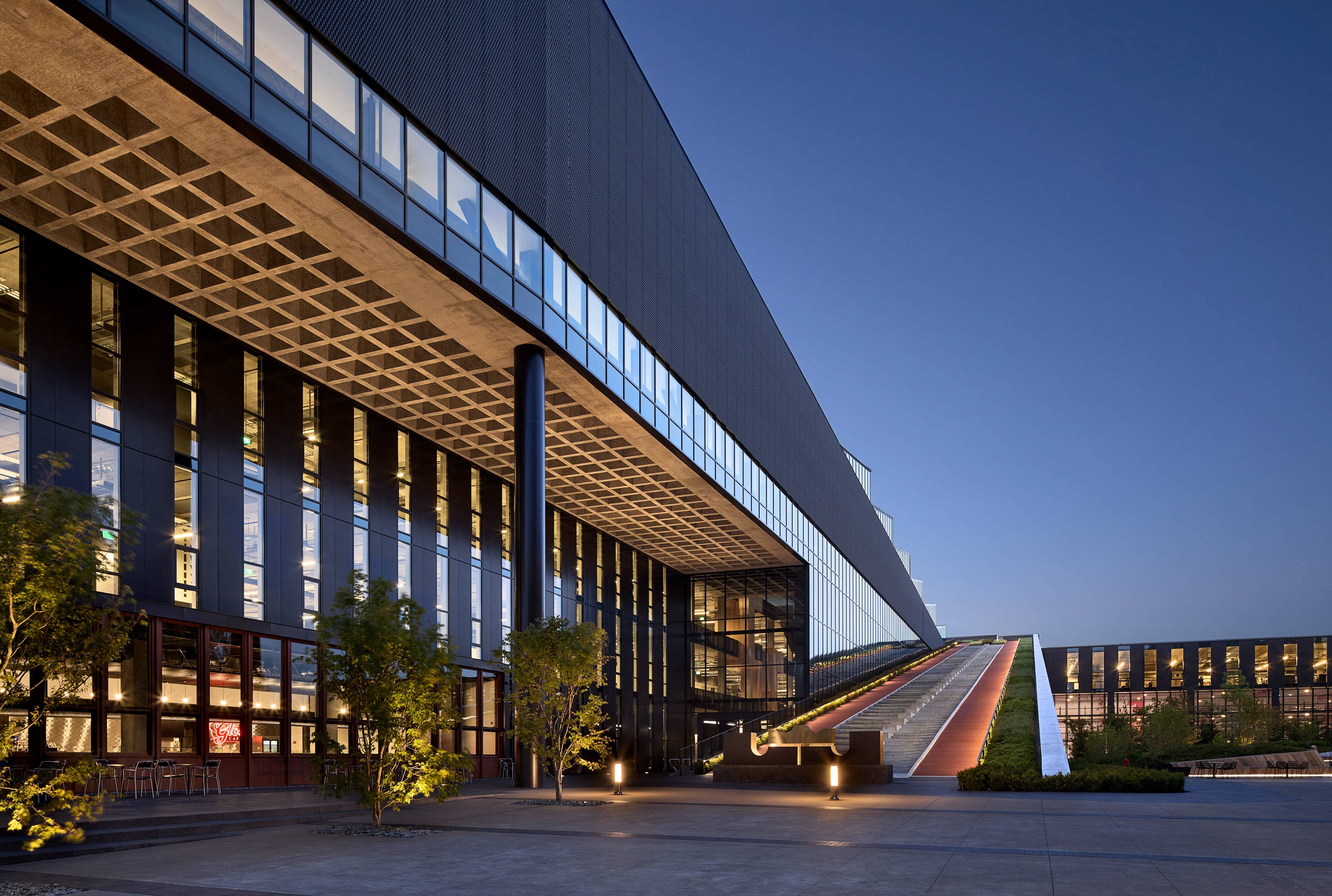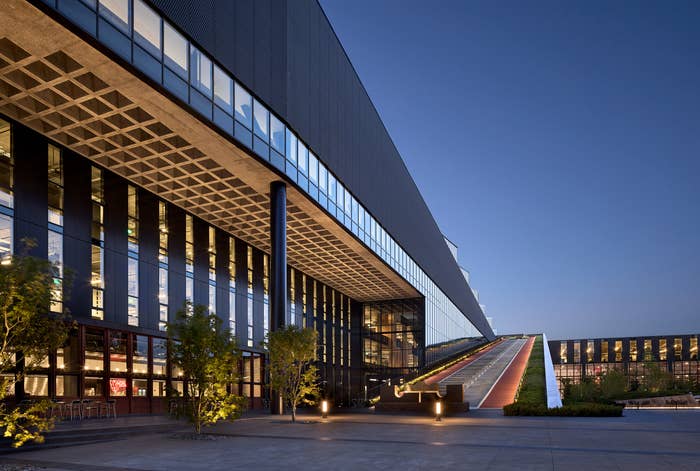
At the hallowed ground of Nike’s world headquarters in Beaverton, Oregon, where buildings are named after the gods of sports and sportswear, the new LeBron James Innovation Center is the highest temple.
The massive space is home to the latest version of the Nike Sport Research Lab, an 85,000-square-foot facility where the brand gathers data from athletes to use in product design. In one section there is an array of 400 cameras to track body movement, making up what Nike says is the largest motion-capture installation in the world. There are body scanners, environmental chambers, multiple tracks, and areas where prototype sneakers can be made in under an hour.
The scope of the operation, and his connection to it, is still somewhat unbelievable to James. This is despite his having borne witness to the building during a tour with Nike CEO John Donahoe a few weeks back.
“Over the course of my career and my time here at Nike, for all of this to come together is surreal. Sometimes it doesn’t make sense to me, but I’m definitely honored,” says James. “Having my name on the Innovation building feels very fitting because I’m always trying to figure out ways I can continue to innovate and continue to break the timeline of what they say is your prime.”
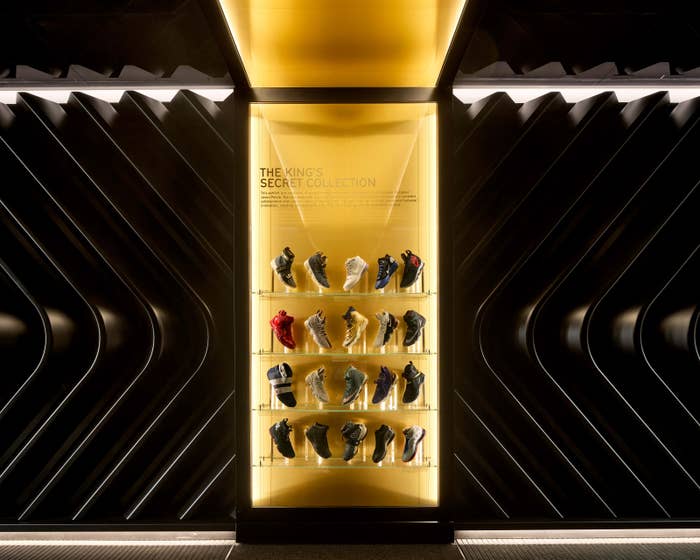
Nike entered the LeBron James timeline early, signing an 18-year-old James to a $90 million endorsement deal in 2003 before he’d played a single NBA game. Not long after, Swoosh scientists were able to start collecting stats on him that would inform the Nike LeBron signature line.
“We hosted him in the NSRL at that time,” says Matt Nurse, Ph.D., the Nike VP who runs the sprawling lab. “We started showing him our capabilities, we took some basic measurements on him at the time. And if you look at how we’ve evolved and how he has evolved over the last two decades, our paths have really been in parallel.”
The man and the brand are linked in perpetuity: James signed a lifetime contract with Nike at the end of 2015. Now, he joins greats like Michael Jordan and Serena Williams, who also have their own buildings at the company’s headquarters.
“We had him in and it was amazing,” says Nurse, recalling James’ first tour of the new building. “He came in, he referred to it as his sanctuary. And we would like this place to be a sanctuary for athletes of all skills and all abilities. All backgrounds and all body shapes.”
Nike certainly has the room at its new facility to accommodate. The expanded NSRL is five times the size of the previous lab. The 750,000-square-foot building it lives in looks something like a spaceship, a fully inhabited vessel one might see suspended among the stars in a remote galaxy. According to Nurse, the first sketches of it date back to 2013.

Futuristic though it is, the building contains ample reference to Nike’s past. There is a replica Winnebago—a reminder of co-founder Phil Knight’s days spent selling shoes out of a van—and a room named for the late Sandy Bodecker, the beloved Nike leader who started the brand’s SB line.
Nurse positions the NSRL as the distant successor to the lab of Bill Bowerman, the company’s other co-founder. Its team consists of around 75 researchers and support staff, with 25 Ph.D.s and 40 master’s degrees among them. They work on harvesting insights that can be beneficial to both their subjects and the larger Nike mission of making footwear and apparel.
“The goal is always to turn it into something meaningful. It should be meaningful both to an athlete, for sure, and to the company,” Nurse says. “And when we’re at our best, it’s meaningful to both.”
Nike’s broad definition of “athlete”—a core company maxim is that if you have a body, you are an athlete—means that its vast wealth of sports research equipment is available not only to professional athletes. Though he’s not yet enjoyed the full suite of tools at the LeBron James Innovation Center, Nike endorser Drake has made use of NSRL machinery.
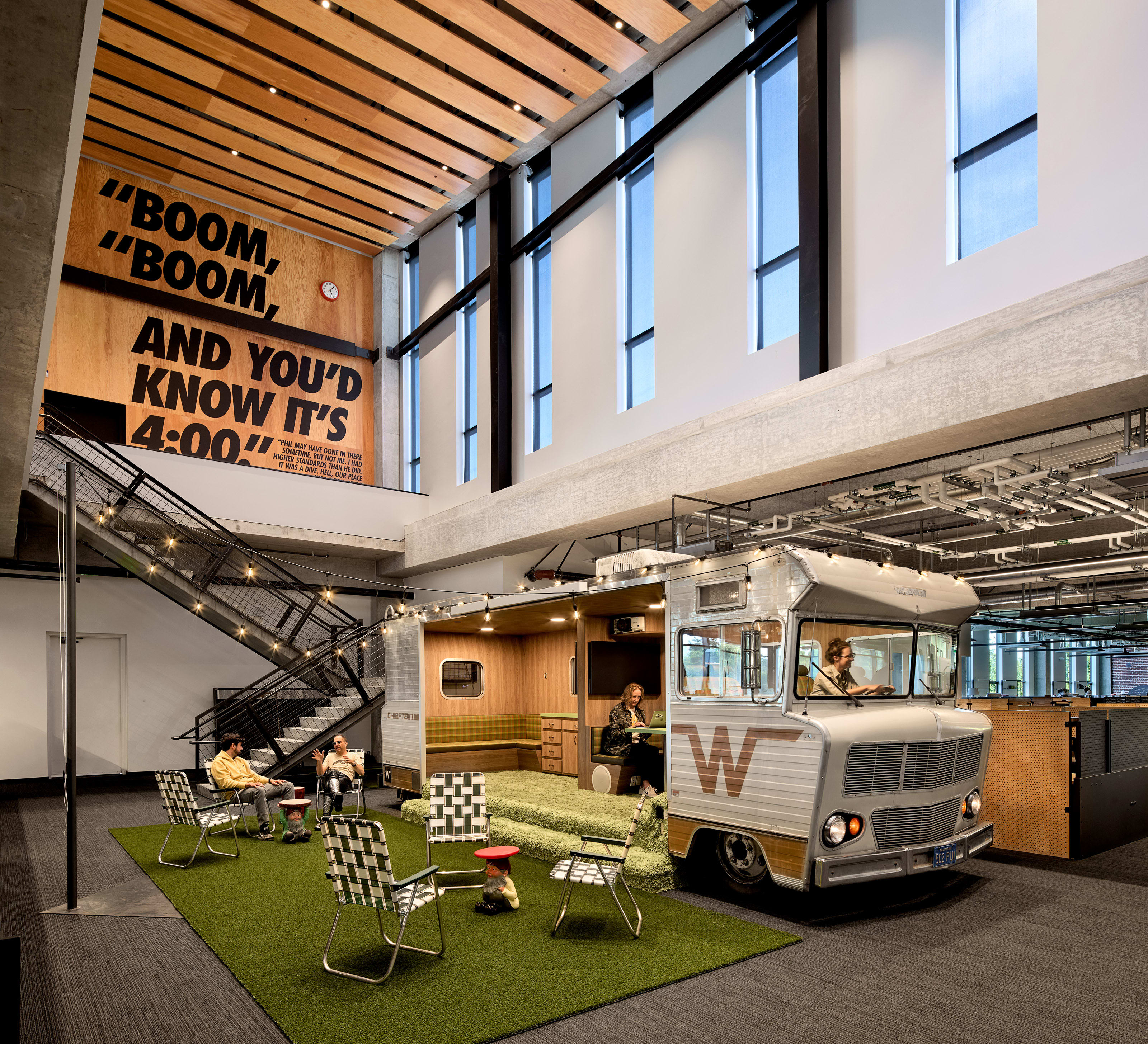
In his 2020 music video for “Laugh Now, Cry Later,” the rapper turned Nike’s headquarters into a personal playground, ripping across its lake on a Jet Ski and riding through its fields on a golf cart. He also donned VO2 max gear on a treadmill in a part of the campus that was temporarily being used for NSRL research while COVID-19 safety measures pushed some work outside.
“That was actually in a covered parking lot,” says Nurse.
His biometrics won’t influence the design of any of his upcoming Nocta collaborations with Nike. The Drizzy data is not being stored or mined.
“For something like Drake where he was pushing himself, he was also enjoying himself,” Nurse explains. “That’s not something we’re going to collect for research purposes.”
Though the lab is keen on gleaning a deep level of information from its participants, it is careful to ensure that they’re sharing their info willingly, with full consent. Policies around data privacy aside, the building is not a place for keeping secrets.
Nurse describes the LeBron James Innovation Center’s layout as encouraging interaction between its scientists and designers, forcing cross-group teamwork. There is no separation of church and state. There is a direct line of sight between him and the concept creation centers where shoes and apparel are built.
“We are not at all in the business of individuals having their own ideas under a blanket at their desk, that doesn’t work for anybody,” he says.
They are also not purely in the business of making commercial product. Not everything created at the LeBron James Innovation Center is intended for a retail audience. Some of its output is beyond the borders of what one might expect from a sneaker company.
“Things that you may not ever consider would be under the normal banner of Nike footwear and apparel,” says Nurse. “We make all kinds of crazy stuff here.”
The crazy is informed by hours of hypothesizing, recording data, and testing out learnings. That this level of effort is poured into any given pair of performance sneakers from Nike is tantalizing for footwear nerds, but maybe not totally visible in the final product to the average consumer. But Nurse says he isn’t focused on whether the process is visible or invisible to the end consumer.
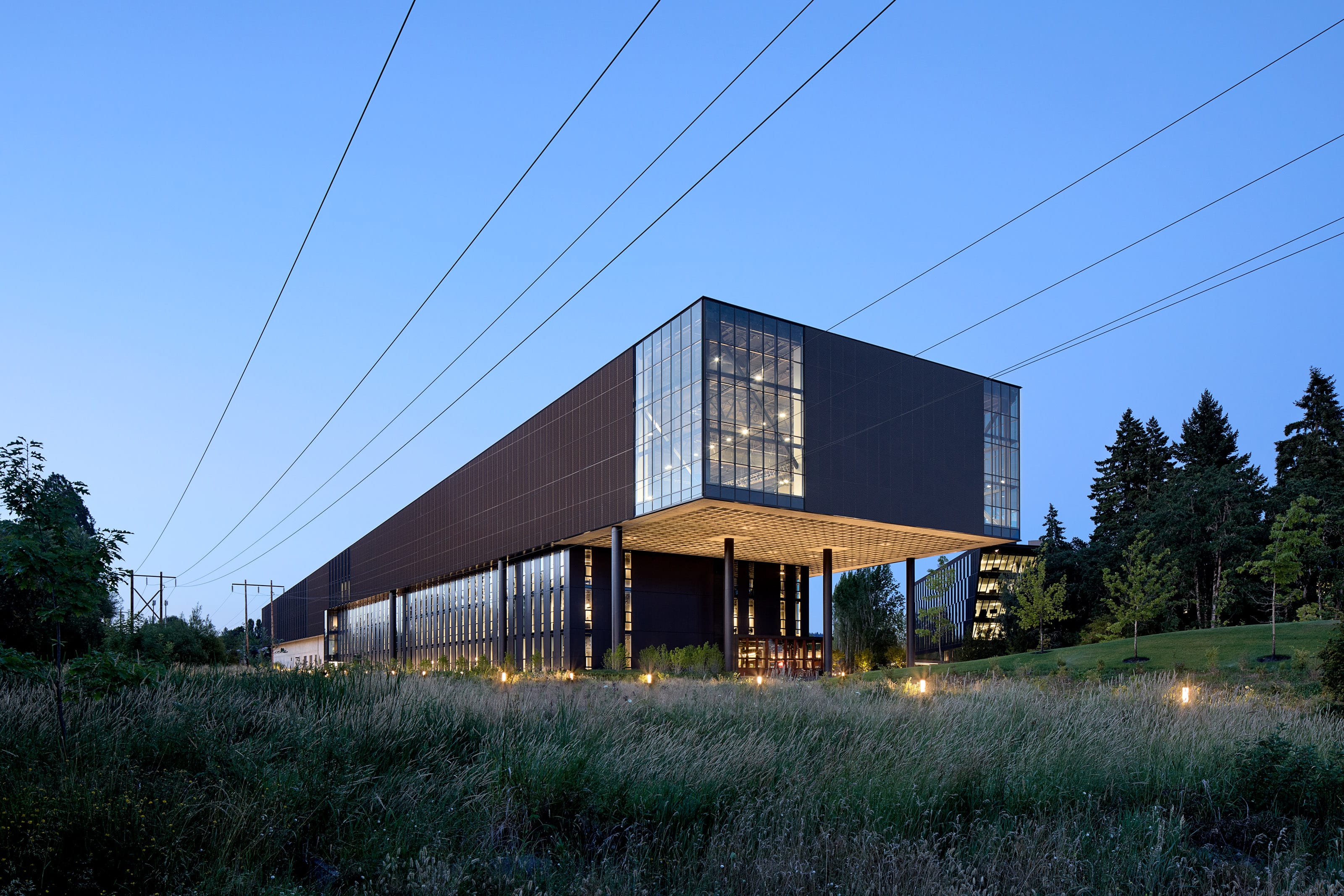
His focus is on making sure what Nike makes can advance athletes toward their best. His ideal at the LeBron James Innovation Center is a version of this that marries fashion and function, pushing design and data together for the benefit of the user.
“Science by itself is interesting, but it’s novelty, it’s hard to apply,” says Nurse. “Design by itself can be beautiful, can be aesthetic, can be fashionable. But when science and design get together and push each other, that’s when great things happen.”
His perspective on this, the place he hopes Nike’s innovation teams can push toward, is a target moving deeper and deeper into the heavens.
“We shouldn’t be happy that we can get off the ground and fly, we should be pointed to the moon,” Nurse says. “And when we’re at the moon, we shouldn’t be happy with Mars, we should be pushing further.”

